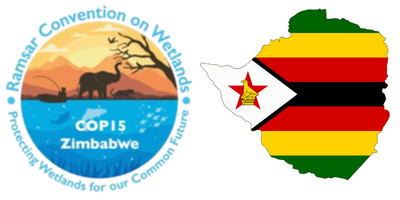Key Commitments under the National Development Strategy 1
- Wetland Conservation and Restoration: Zimbabwe acknowledges the critical role wetlands play in ecosystem services, particularly in regulating water quality, providing habitat for wildlife, and mitigating climate change impacts. The NDS1 emphasizes the importance of preserving the country’s wetlands by promoting their sustainable management, restoration of degraded wetland areas, and preventing further encroachment or pollution.
- Strengthening Institutional Capacity: The government has committed to strengthening the capacity of relevant institutions to implement wetland conservation policies. This includes enhancing coordination between various ministries, local authorities, and communities to ensure the effective protection and sustainable use of wetlands across the country.
- Promoting Sustainable Livelihoods: The NDS1 seeks to align wetland conservation with the development of sustainable livelihoods for communities that depend on wetlands. By promoting ecotourism, sustainable agriculture, and the use of non-destructive resources, Zimbabwe aims to create an environment where the benefits of wetlands are maximized without compromising their ecological integrity.
- Compliance with International Obligations: As a signatory to the Ramsar Convention, Zimbabwe reaffirms its commitment to the wise use and conservation of wetlands globally. The country’s participation in the Ramsar Convention, and its commitment to the Convention’s principles, are integrated into the NDS1. This includes regular reporting on wetland status and efforts to ensure that Ramsar sites are effectively managed.
- Climate Change Adaptation and Mitigation: Wetlands play a significant role in carbon sequestration, and the NDS1 highlights the importance of preserving these ecosystems as part of Zimbabwe’s broader climate change mitigation strategy. The conservation of wetlands is seen as essential in enhancing the country’s resilience to climate change, particularly in the face of increasing droughts and unpredictable rainfall patterns.

